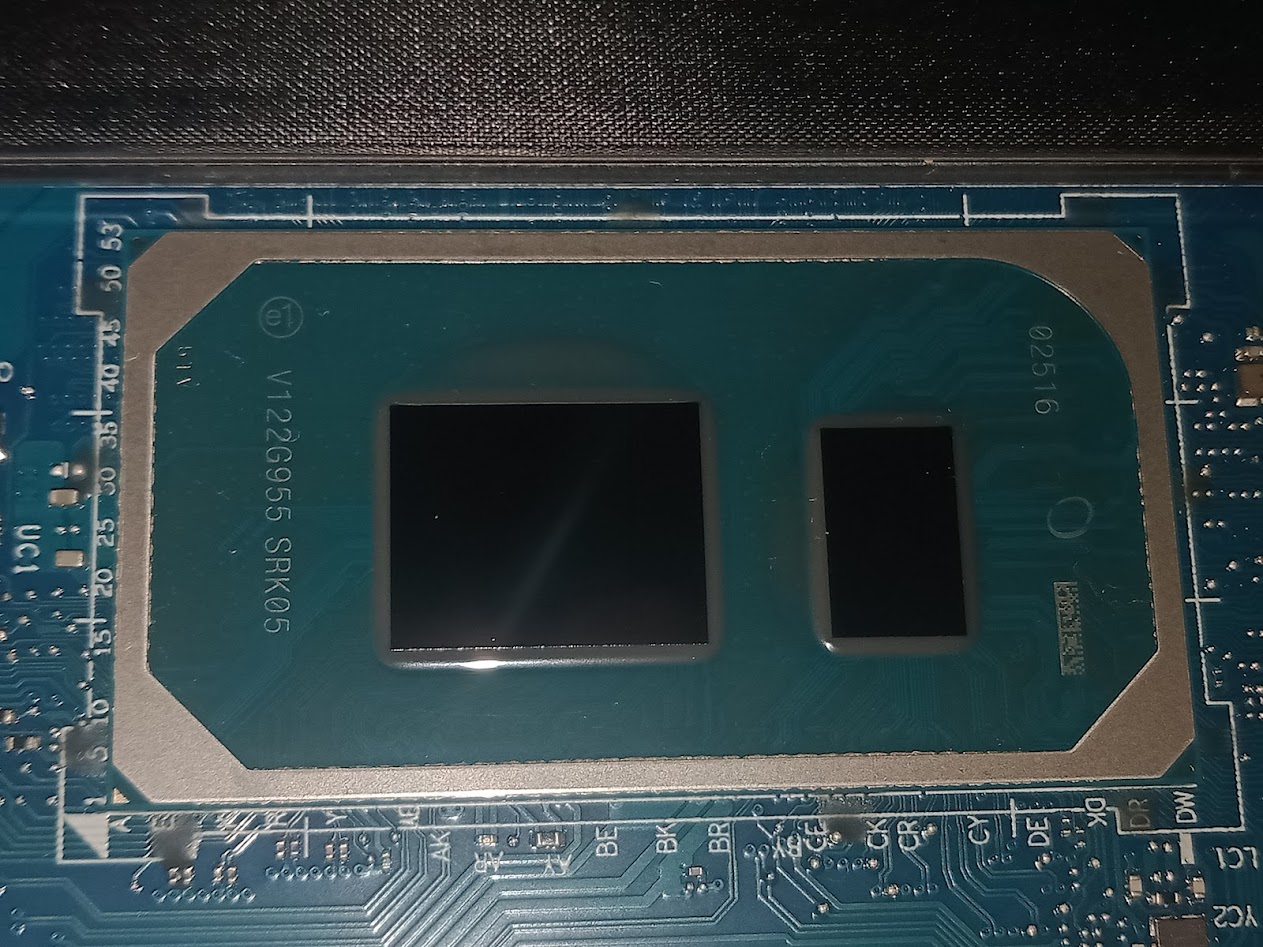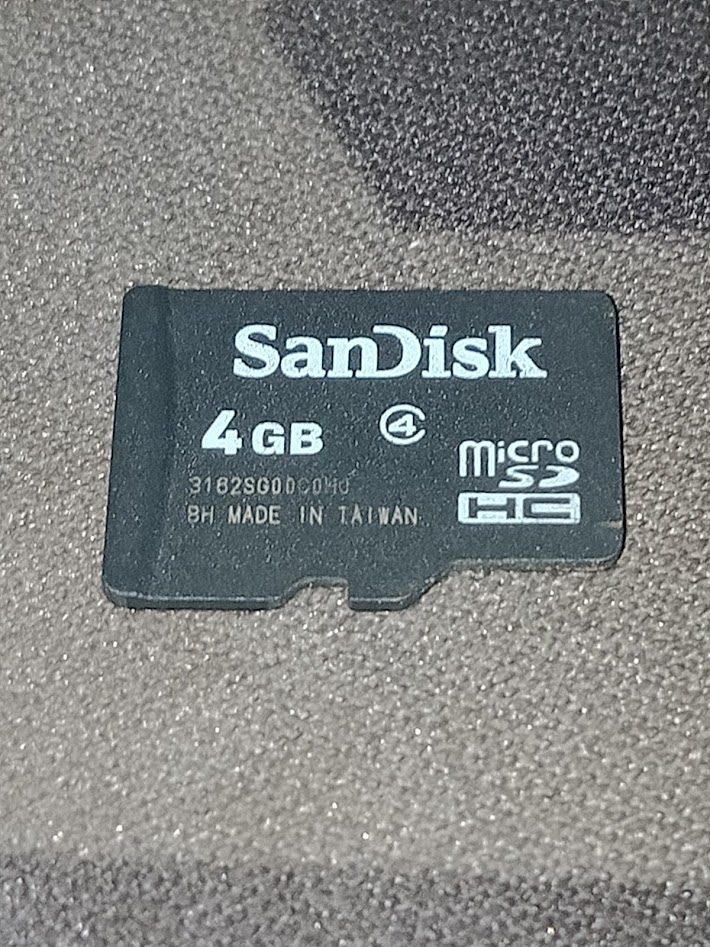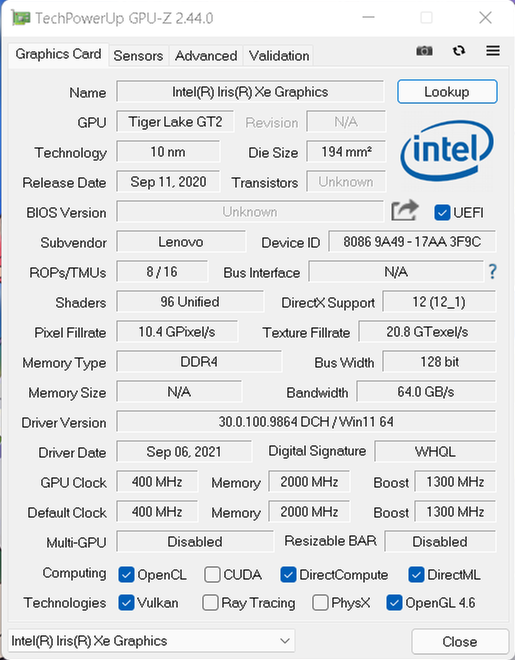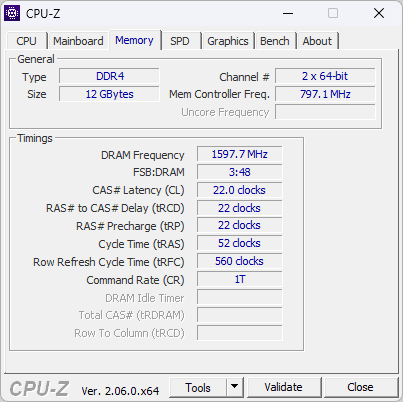Comparing: Intel Iris Xe Graphics (80EUs, Tiger Lake) [Disk] vs SanDisk MicroSDHC 4GB
In this comparison, we analyze two Disks: Intel Iris Xe Graphics (80EUs, Tiger Lake) [Disk] and SanDisk MicroSDHC 4GB, using synthetic benchmark tests to evaluate their overall performance. This side-by-side comparison helps users understand which hardware delivers better value, speed, and efficiency based on standardized testing. Whether you're building a new system or upgrading an existing one, this benchmark-driven evaluation offers valuable insights to guide your decision.

Intel Iris Xe Graphics (80EUs, Tiger Lake) [Disk]
| Type: | Disks |
|---|---|
| Model: | Intel Iris Xe Graphics (80EUs, Tiger Lake) [Disk] |
| Capacity: | 2GB |
| Interface: | DDR4 |

SanDisk MicroSDHC 4GB
| Type: | Disks |
|---|---|
| Model: | SanDisk MicroSDHC 4GB |
| Capacity: | 4GB |
| Interface: | Standard SD |
Specification Comparison Table
This specification comparison presents technical details of several devices or components to help you understand the key differences between each option. Use this table as a reference to determine which device best suits your needs.
| Specification | Intel Iris Xe Graphics (80EUs, Tiger Lake) [Disk] | SanDisk MicroSDHC 4GB |
|---|---|---|
| Brand | - | SanDisk |
| Format | VRAM Disk | MicroSDHC |
| Capacity | 2GB | 4GB |
| Interface | DDR4 | Standard SD |
Submission Comparison Table
This submission comparison table displays the number and details of benchmark data submissions from various devices or components. This information helps you understand the performance based on the benchmarks that have been tested, as well as providing an overview of the consistency and popularity of the available benchmark results.
| No. | Benchmark Software | Intel Iris Xe Graphics (80EUs, Tiger Lake) [Disk] | SanDisk MicroSDHC 4GB |
|---|---|---|---|
| 1 | ATTO Disk Benchmark - 64M |
Read: 2430.00 MB/s Write: 2450.00 MB/s |
Read: 19.13 MB/s Write: 4.82 MB/s |
| 2 | CrystalDiskMark |
Read: 2758.52 MB/s Write: 2109.43 MB/s |
Read: 19.50 MB/s Write: 5.66 MB/s |
Submission Comparison Chart
This chart visualizes the benchmark scores comparison between two hardware devices based on submitted data.
Media Gallery
A collection of photos of tested hardware. These images can help you identify the physical form, model, and variant of the hardware in question. These photos are from our own documentation, and if they are not available we may not be able to document them.
About Hardware Intel Iris Xe Graphics (80EUs, Tiger Lake) [Disk]
Intel Iris Xe Graphics (80EUs, Tiger Lake) is the integrated graphics solution (iGPU) of the 11th generation of Intel Core processors, specifically the Tiger Lake series. With 80 Execution Units (EUs) and support for Intel's latest graphics architecture, Iris Xe is capable of delivering significantly better performance than previous generations, including in terms of lightweight graphics rendering, 4K video playback, and casual gaming. Another advantage is its excellent power efficiency as it is directly integrated in the CPU, making it ideal for thin and power-saving laptops.
In this test, Iris Xe Graphics was configured to utilize part of its shared memory as a VRAMDisk. The VRAMDisk concept allows the use of a portion of VRAM-which in iGPUs like Iris Xe comes from the main system RAM-as high-speed storage. While not as fast as physical RAM-based RAMDisks, VRAMDisks on iGPUs still offer very high read/write speeds, mainly due to the optimization of the graphics architecture and the wide memory bandwidth.
The test was conducted on a Lenovo IdeaPad Slim 3i 14ITL6, with an Intel Core i5-1135G7 processor, 12GB DDR4 3200MHz dual channel RAM, and Windows 11 22H2 operating system. Based on data from dxdiag, the dynamically available VRAM reaches 6GB, and in this test, 2GB was allocated as VRAMDisk using GPU RAM Drive software.
Benchmark results from CrystalDiskMark show read speeds of 2758.52 MB/s and write speeds of 2109.43 MB/s. These speeds are significantly higher than SATA SSDs and even close to mid-range NVMe SSDs, making VRAMDisks on iGPUs an attractive experimental solution for temporary data caching, storage performance testing or other specialized scenarios. With a 128-bit bus width and support for 3200MHz DDR4 memory, Iris Xe VRAMDisk shows that even integrated graphics can be creatively utilized for high-speed storage tasks.
Device test (testbed):
Device: Lenovo IdeaPad Slim 3i 14ITL6
CPU: i5 1135G7
RAM: 12GB DDR4 3200MHz Dual Channel (8+4)
OS: Windows 11 22H2
Friday, 06 August 2021 04:34:19 | Update: 1 month ago
About Hardware SanDisk MicroSDHC 4GB
The SanDisk MicroSDHC 4GB Class 4 is a small yet powerful flash memory card designed specifically for devices such as cell phones, digital cameras, music players and other electronic devices that support the microSDHC format. With a capacity of 4GB, this card is enough to store hundreds of photos, dozens of songs, a few short videos, and lightweight applications - making it an ideal solution for everyday storage needs, especially on previous generation devices.
As a Class 4 memory card, this microSD guarantees a minimum write speed of 4MB/s, enough to handle standard activities such as recording SD videos, saving camera shots, or loading application data on mobile devices. SanDisk's proven flash memory technology makes this card resistant to shock, vibration, and light to moderate wear conditions, suitable for field use as well as for personal multimedia collections.
In performance testing using a VENTION USB 3.0 card reader (with GL3224 controller) connected to a Lenovo IdeaPad Slim 3i 14ITL6 laptop (Intel Core i5-1135G7 processor, 12GB DDR4 dual-channel RAM), the benchmark results showed consistent performance and within its class specifications. Through CrystalDiskMark, the card recorded read speeds of 19.50 MB/s and write speeds of 5.66 MB/s. Meanwhile, in the Cross Platform Disk Test, the read speed reached 18.71 MB/s with a write of 4.16 MB/s.
To ensure authenticity and actual capacity, verification was also done using H2testw, which showed satisfactory results: read speeds of 18.8 MB/s and write speeds of 4.51 MB/s with no sector errors or damage to its 4GB capacity. This confirms that this memory card is not only genuine, but also functional and stable to use for important data storage.
With stable performance, enough capacity for lightweight needs, and a very affordable price, the SanDisk MicroSDHC 4GB Class 4 remains a relevant choice for users who need simple, durable, and power-efficient additional storage, especially on older devices or as a portable backup medium.
Device test (testbed):
Via: Card Reader VENTION USB 3.0 (GL3224 Controller)
Device: Lenovo IdeaPad Slim 3i 14ITL6
CPU: i5 1135G7
USB: USB 3.1 Gen 1
RAM: 12GB DDR4 3200MHz Dual Channel (8+4)
OS: Windows 11 22H2
Monday, 23 May 2016 13:53:51 | Update: 1 month ago


